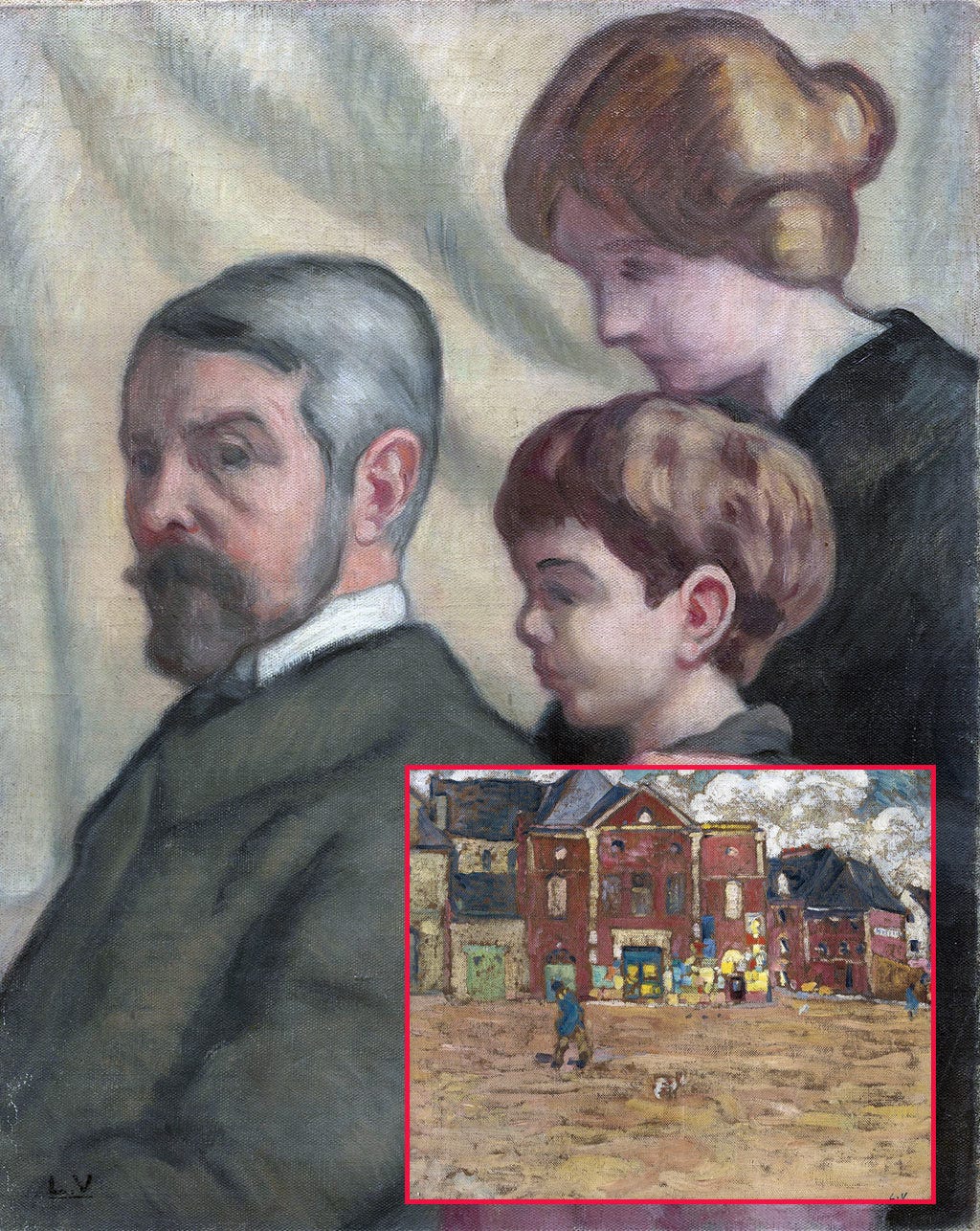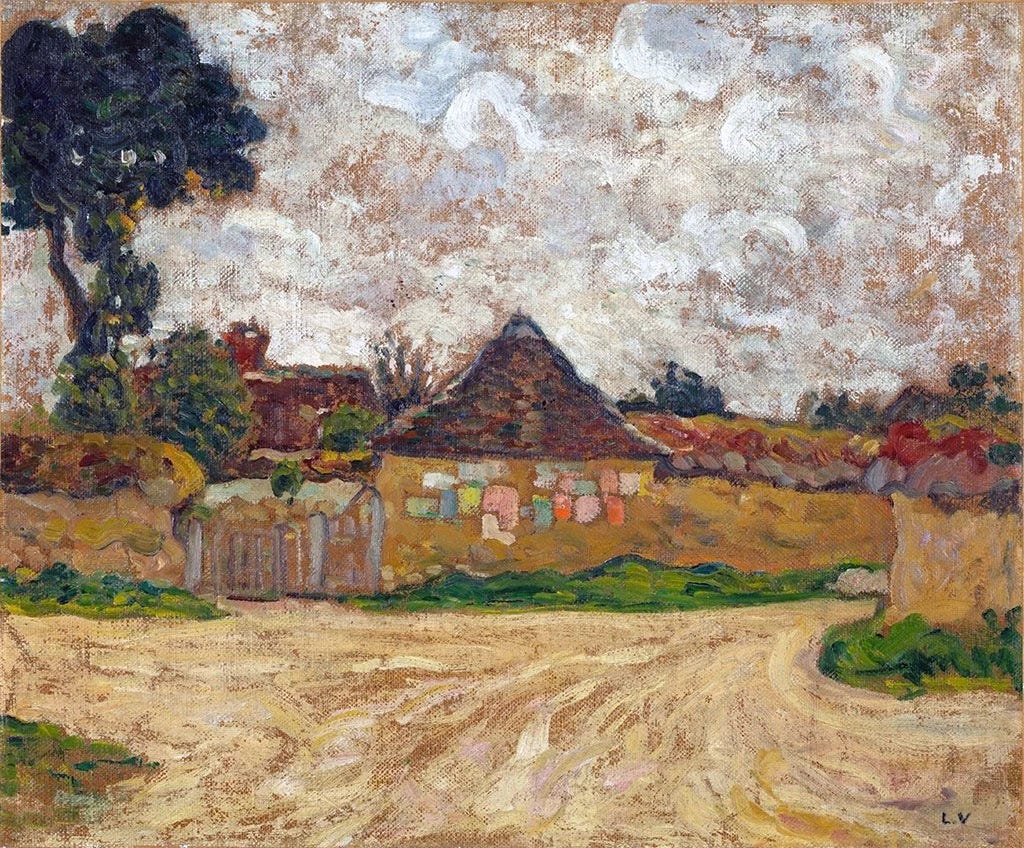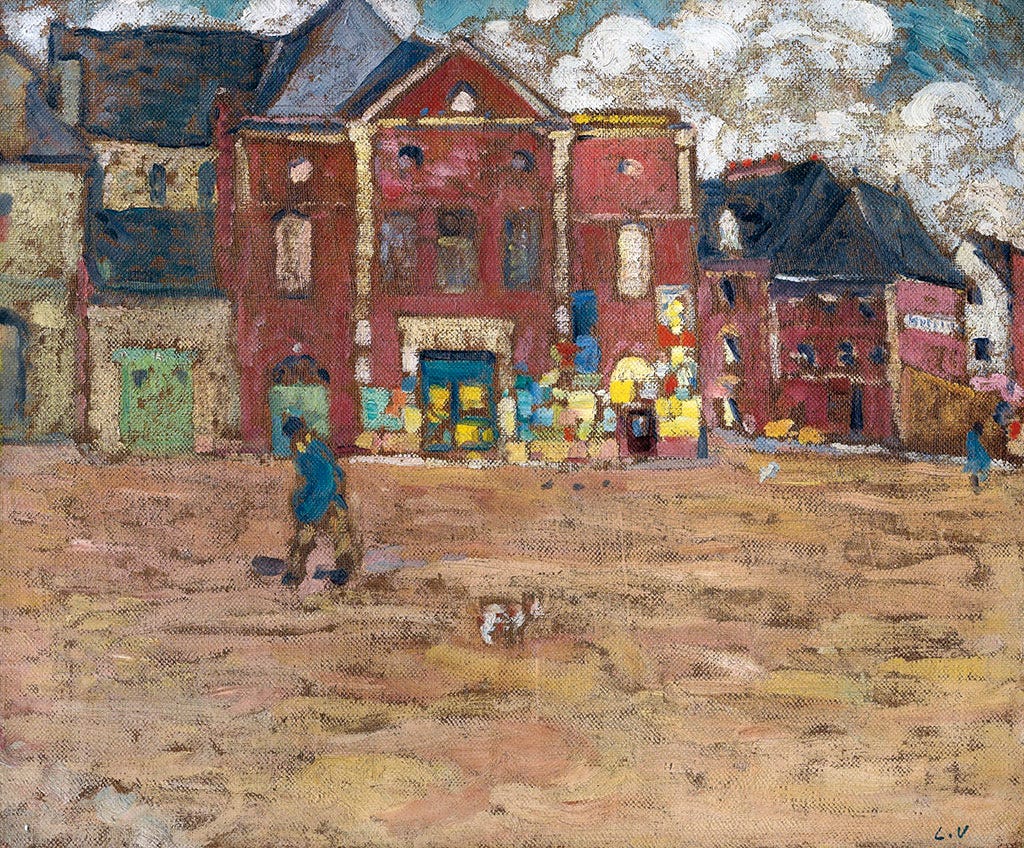Louis Valtat was a French painter born on August 8, 1869, in Dieppe (Normandy), and he died on January 2, 1952, in Paris. He is recognized as a significant transitional figure in modern art, especially in the development of Fauvism, although he was not officially part of the Fauvist exhibitions. Valtat studied at the École des Beaux-Arts in Paris and later at the Académie Julian, where he became acquainted with artists like Pierre Bonnard and Édouard Vuillard.
His early work showed strong Impressionist influences, but by the late 1890s, his palette began to brighten considerably. He experimented with color in a way that aligned with what would soon emerge as Fauvism, using bold, non-naturalistic tones and thick, expressive brushstrokes. He often painted Mediterranean landscapes, scenes of seaside towns, and floral compositions. His work is marked by a vivid chromatic intensity and a decorative, rhythmic approach to form.
Valtat collaborated with Paul Signac and was associated for a time with the dealer Ambroise Vollard, who helped promote his work and brought it into dialogue with artists such as Matisse and Derain. Though less widely known than some of his contemporaries, Valtat played an important role in the broader shift from Impressionism toward the bold experimentation that defined early 20th-century modernism. He continued to paint throughout his life, even after arthritis limited his mobility. His work is now housed in major French museums, including the Musée d'Orsay.
NOTE: To our knowledge, Valtat did not work in Lisieux itself, but instead worked in nearby Bernay.
Bernay
Bernay is a large town (population: 10,000) located to the East of Lisieux.
These were the only two paintings he made close to Lisieux, namely in Bernay.







